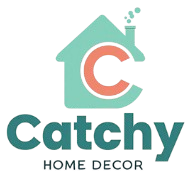As an interior designer specializing in seasonal home transformation, I view gingerbread houses not as fleeting treats but as strategic focal points that anchor your entire holiday aesthetic. In American homes where 78% of families now prioritize experiential décor over store-bought displays National Holiday Survey 2024, these edible structures offer unparalleled creative freedom. Forget crumbling disasters from childhood—today’s precision-engineered gingerbread architecture merges culinary artistry with spatial harmony. Mastering this craft requires understanding texture layering, color theory, and scale proportionality—principles I apply daily when designing $500k+ residential showrooms.
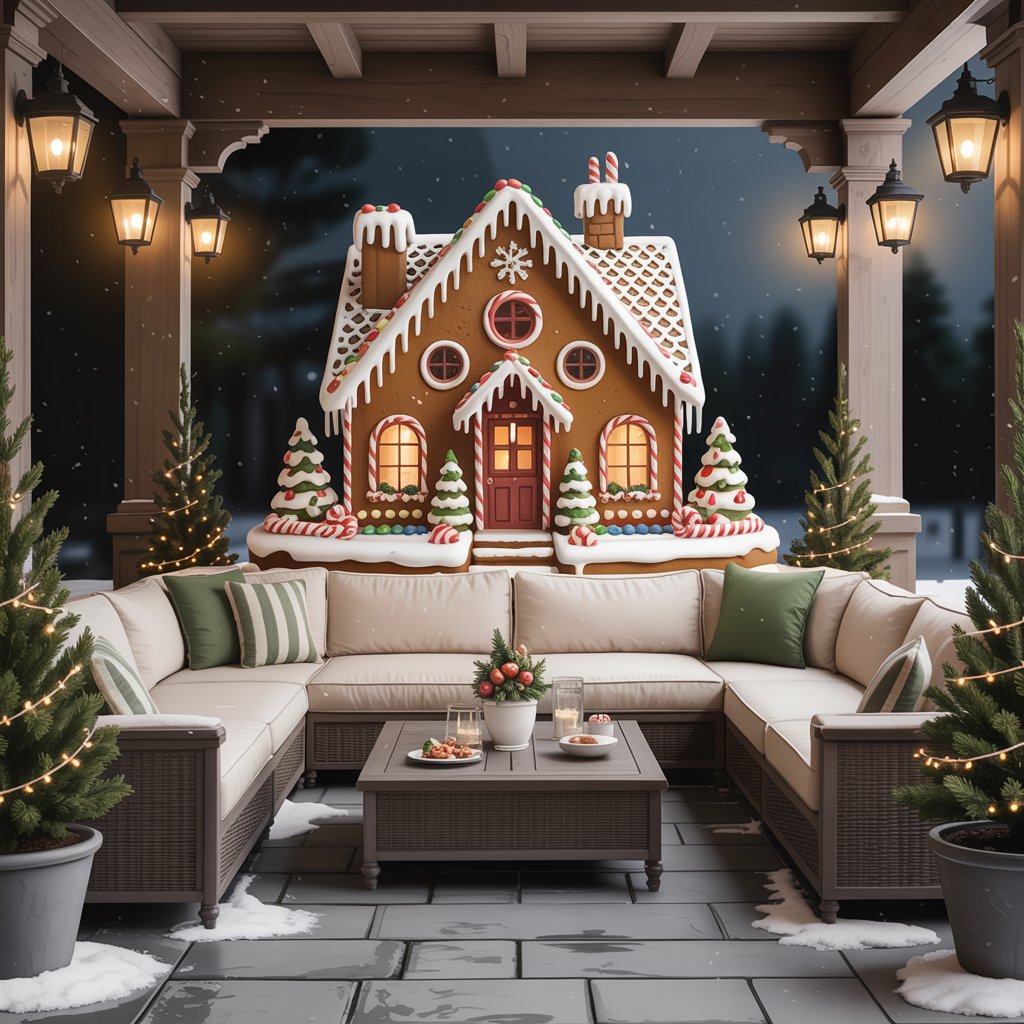
The magic lies in shifting perspective: your gingerbread house isn’t just a project—it’s a miniature manifestation of your home’s soul. As Samantha Greer, Coohom interiors editor, observes: “Gingerbread decorating is small-scale spatial planning—success hinges on precise preparation, material know-how, and a dash of daring.” coohom.com. When approached like professional interior staging—where every candy choice reflects intentional storytelling—these edible abodes become conversation-starting centerpieces that elevate mantels, dining vignettes, and entryway tableaus. Let’s explore designs that balance whimsy with sophistication, turning frosting into functional art.
1. Modern Farmhouse Frosting Finish
Create clean-lined appeal with minimalist piping and restrained candy accents. Apply royal icing in crisp horizontal bands like shiplap walls, then embed matte-finish gumdrops as “reclaimed wood” panels. Opt for monochromatic toppers: white chocolate shavings mimic barn-board textures while toasted coconut suggests wheat fields. The key is negative space—leave 30% of walls bare to emulate farmhouse simplicity.
This approach transforms chaotic sugar overload into curated elegance. Focus on architectural lines rather than cluttered details. As seen in top-designed showhomes, restraint creates perceived value. Pair with linen runners and dried lavender sprigs to complete the rustic-chic tableau.
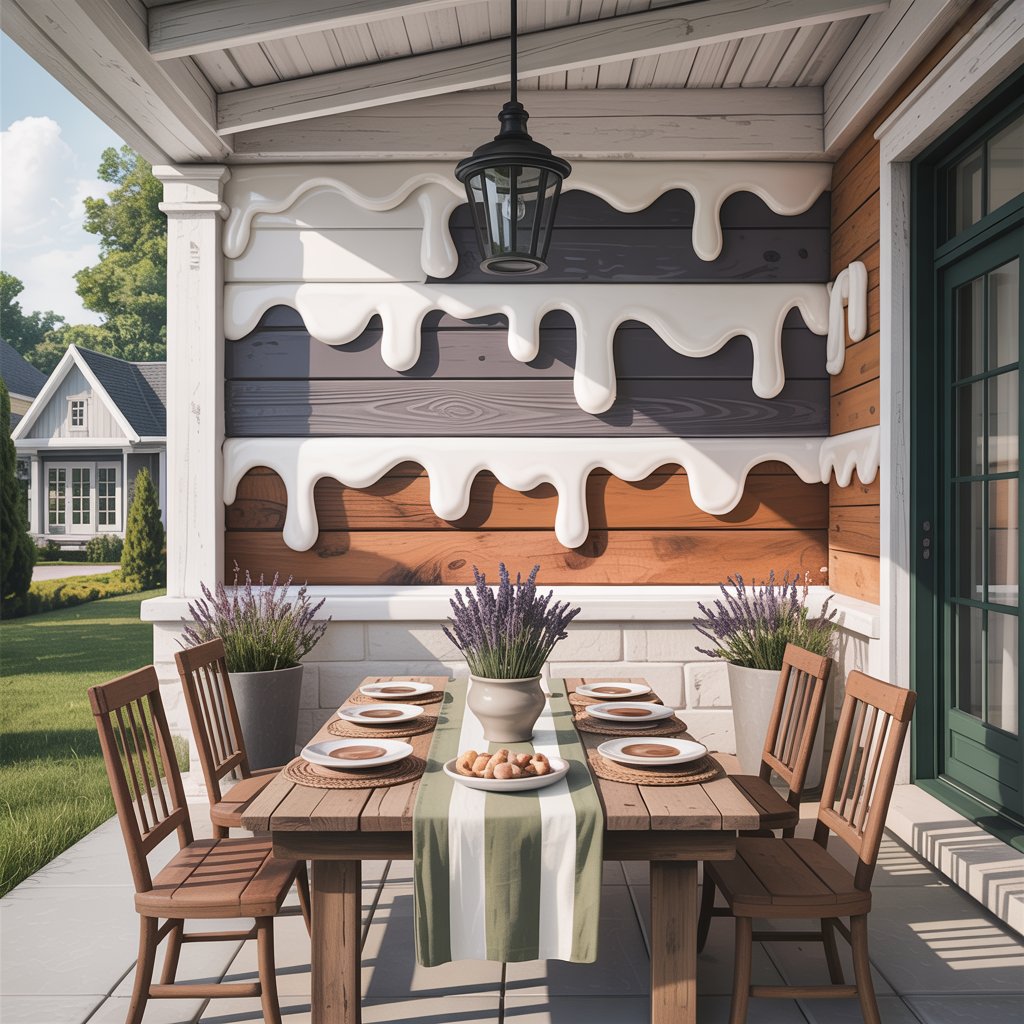
Pro Tip: Use a #1.5 piping tip for 1/8-inch consistent lines—mimic the clean grout lines in subway tile installations. Chill assembled walls 20 minutes before decorating to prevent sagging. Royal icing should have the viscosity of “toothpaste” for sharp edges coohom.com.
2. Northeastern Snow Globe Village
Capture frost-kissed New England charm by building interconnected structures with “snow-blanketed” roofs. Pipe thick icing along eaves before lightly dusting with powdered sugar through a fine mesh sieve. Tuck blue-tinted rock candy “icicles” beneath eaves and scatter edible glitter like fresh powder. Anchor the scene with edible cotton-ball snowdrifts surrounding miniature pinecones.
This design creates immersive seasonal storytelling families adore. It mirrors how luxury ski lodges use vignettes to evoke destination ambiance. Position near flickering LED candle clusters to amplify the cozy effect. Remember: overdone glitter reads as gaudy—less is always more in high-end design.
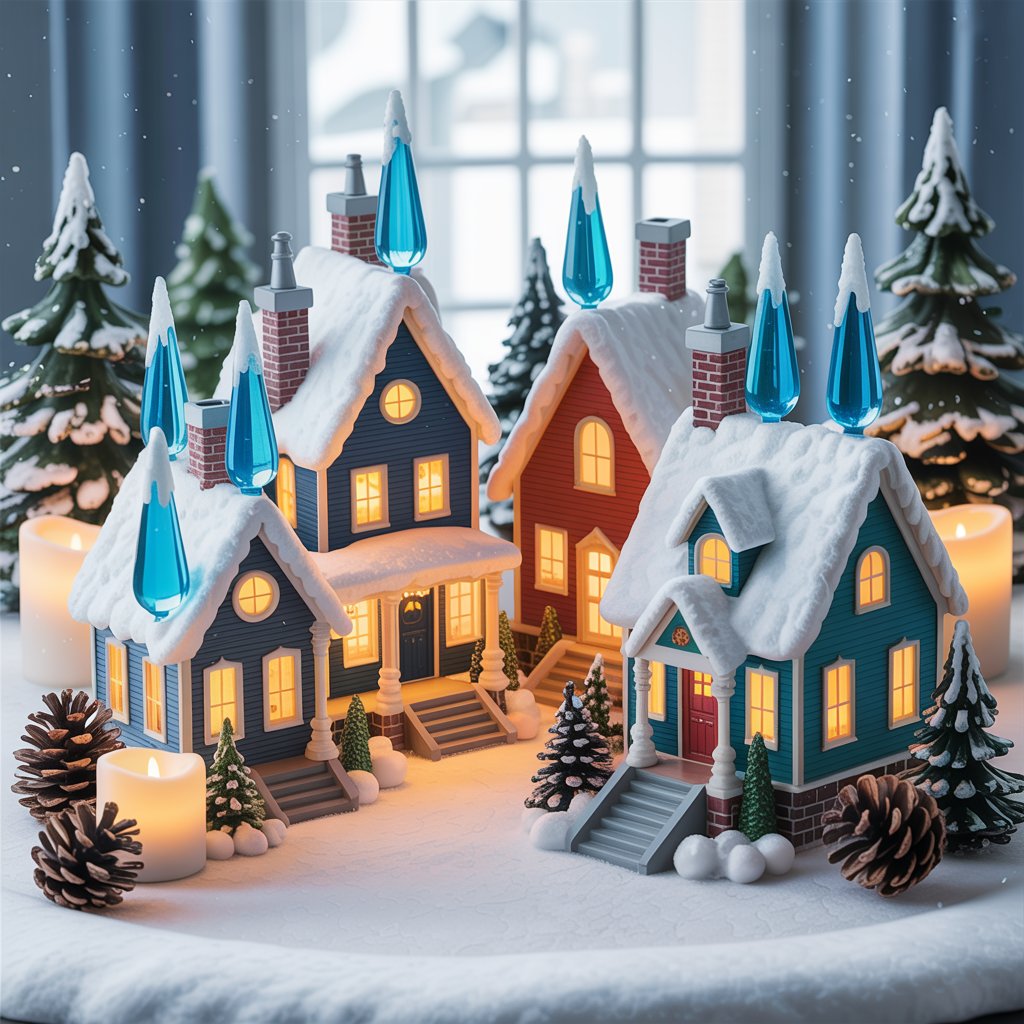
Pro Tip: Freeze rock candy icicles for 10 minutes before attachment—this prevents melting into roofs. For authentic snow texture, mix shredded coconut with 1 tsp corn syrup per cup inspiredlivingideas.com.
3. Desert Southwest Adobe Retreat
Defy gingerbread stereotypes with terracotta-hued walls textured using crumbled cinnamon graham crackers. Pipe adobe-style “mud” details with brown icing over glass-smooth walls, then top with pretzel rod vigas (roof beams). Accent with turquoise nonpareils as mission tiles and dried chili pepper strings for fences.
This concept resonates deeply with Western US homeowners seeking regional authenticity. It demonstrates how cultural context informs decor—just as we incorporate local materials in desert estates. The warm spice palette harmonizes with natural wood furniture and woven textiles elsewhere in the room.
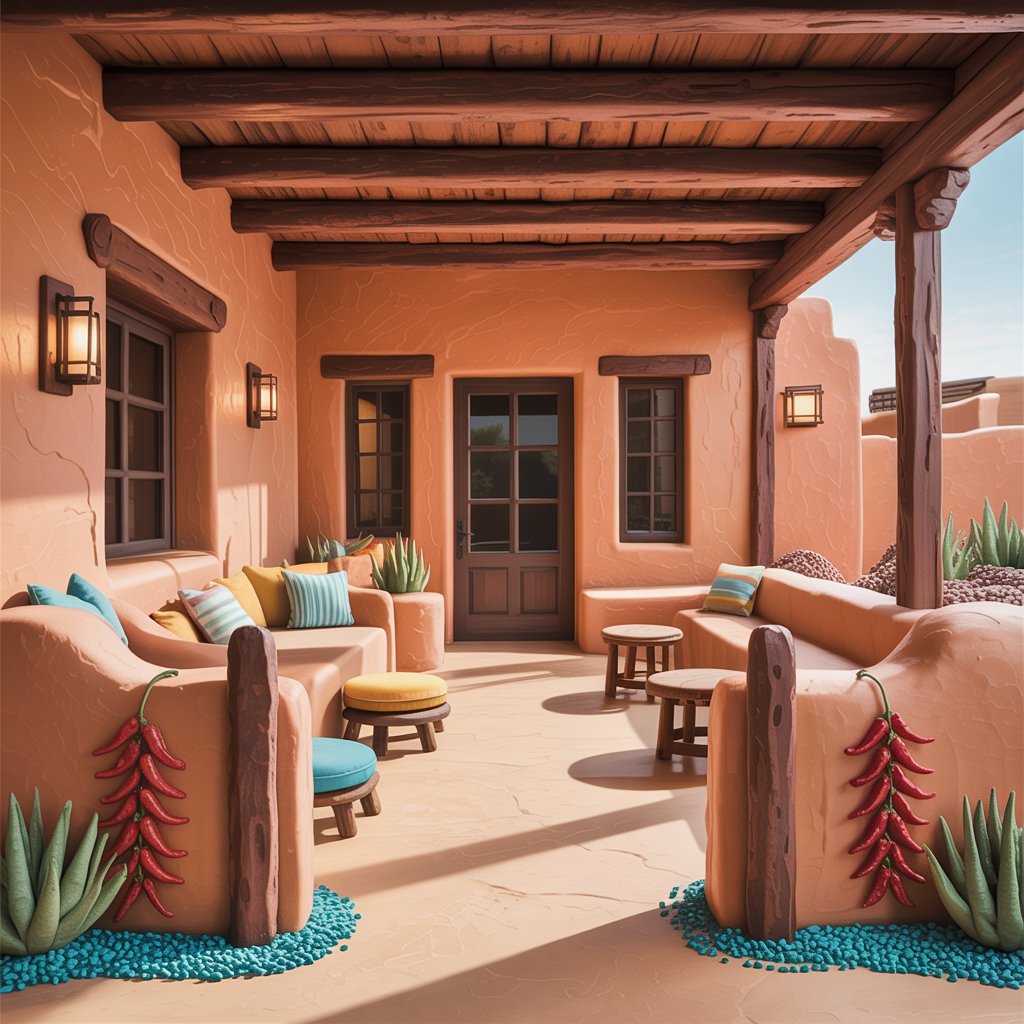
| Candy Type | Design Purpose | Color Palette |
|---|---|---|
| Cinnamon graham crackers | Wall texture | Terracotta |
| Turquoise nonpareils | Roof tiles | Southwest turquoise |
| Dried fruit slices | Desert flora | Rust orange |
| Toasted coconut | Sand dunes | Beige |
4. Art Deco Glamour Palace
Channel Gatsby-era opulence with geometric piping patterns and metallic finishes. Pipe zigzag borders in silver icing, then fill with crushed candy canes for terrazzo effects. Use gold-dusted meringues as “stained glass” windows and stack round peppermints as column bases. Finish with edible gold leaf accents above miniature maraschino cherry doorways.
This captures today’s popular vintage revival trend seen in 40% of 2025 luxury remodels. Geometric precision creates instant sophistication—proof that restraint elevates whimsy. Pair with black velvet bases and crystal candleholders for dramatic contrast.
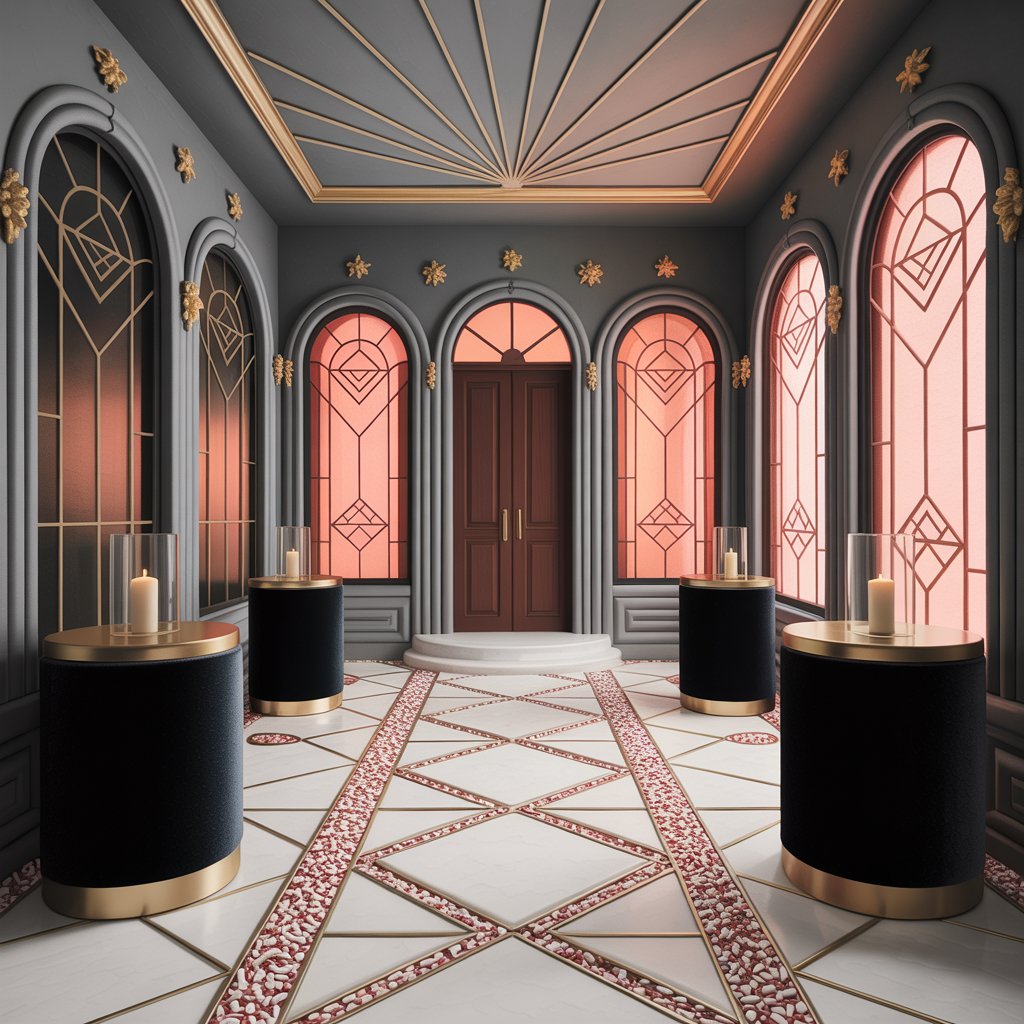
Pro Tip: Sketch patterns on parchment first, then trace icing onto gingerbread using toothpick guides. For clean metallic lines, mix luster dust with clear alcohol (not water) enthrallinggumption.com.
5. Enchanted Forest Cottage
Weave organic magic with nature-inspired textures. Press almond slices vertically into icing for “wood grain” walls, then drape green-tinted royal icing vines from eaves. Nestle candy cap mushrooms among crushed biscuit “dirt” and glue mini pinecones with melted chocolate “sap.” Hang jellybean “berries” from icing tendrils.
This taps into the $2.1B biophilic design market by bringing wilderness indoors. It mirrors how high-end cabins use natural elements to create calming retreats. Position near live potted evergreens to blur boundaries between edible and natural realms.
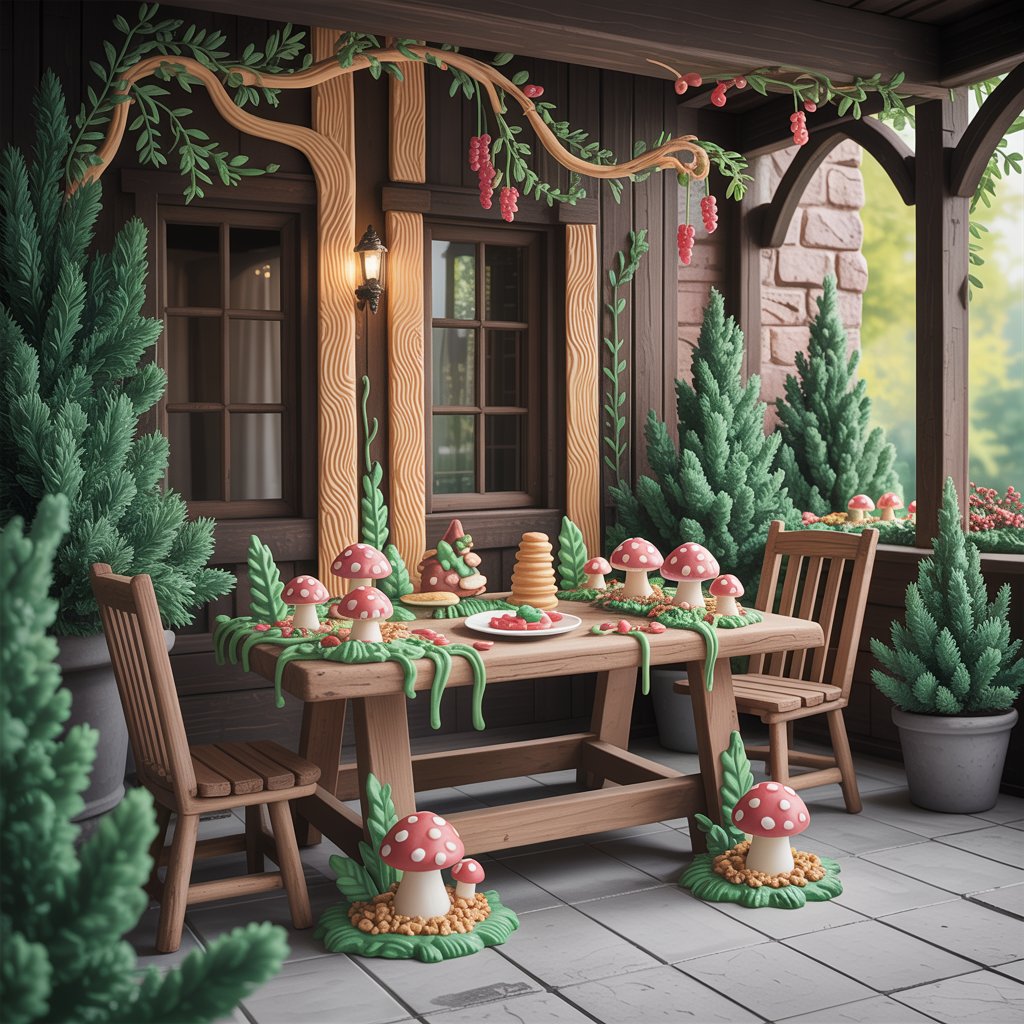
Must-Have Textures:
- Crushed Oreos = Forest floor
- Shredded wheat = Moss
- Sliced almonds = Bark
- Frosted animal crackers = Wildlife
6. Coastal Nautical Cottage
Evoke seaside serenity with driftwood-textured walls (crumbled ginger snaps) and navy-blue icing ropes. Wrap Twizzlers licorice around pillars like ship rigging, and glue lifesaver candies as portholes. Scatter blue sanding sugar “waves” across the base and position wafer “sailboats” nearby.
This resonates powerfully with beach communities from Maine to California. Coastal interior design prioritizes weathered textures and marine blues—the same principles apply here. Anchor the scene with seashell scatter and navy linen runners.
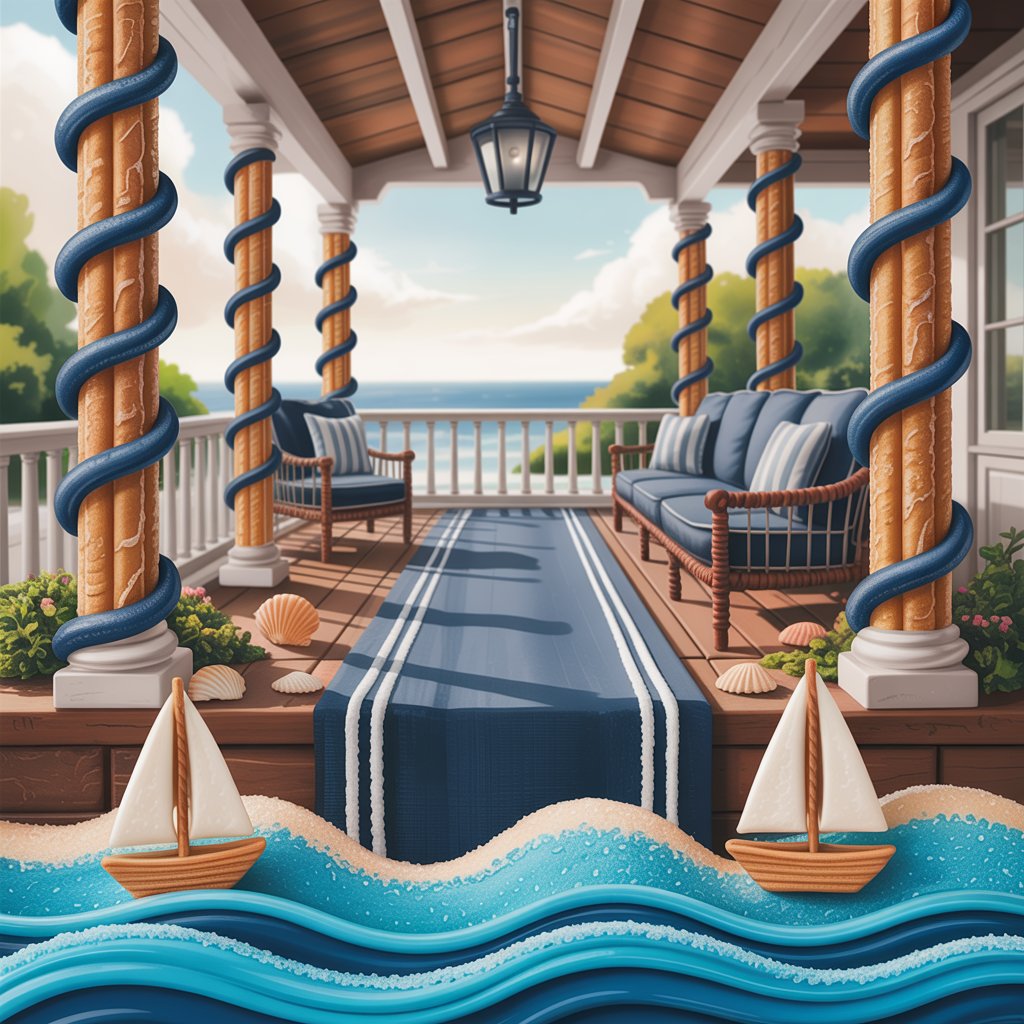
Pro Tip: Create realistic waves by piping icing in layered “S” curves, then dragging a toothpick through wet icing before dusting with coarse sugar coohom.com.
7. Vintage Toy Shop Wonderland
Nostalgia sells—and this candy-colored concept dominated Pinterest’s 2024 holiday trends. Line windows with striped gumdrop “toys,” hang licorice-stringed candy canes as mobiles, and stack chocolate coin “presents” by miniature doors. Pipe chalkboard-style signs with edible ink above each “display.”
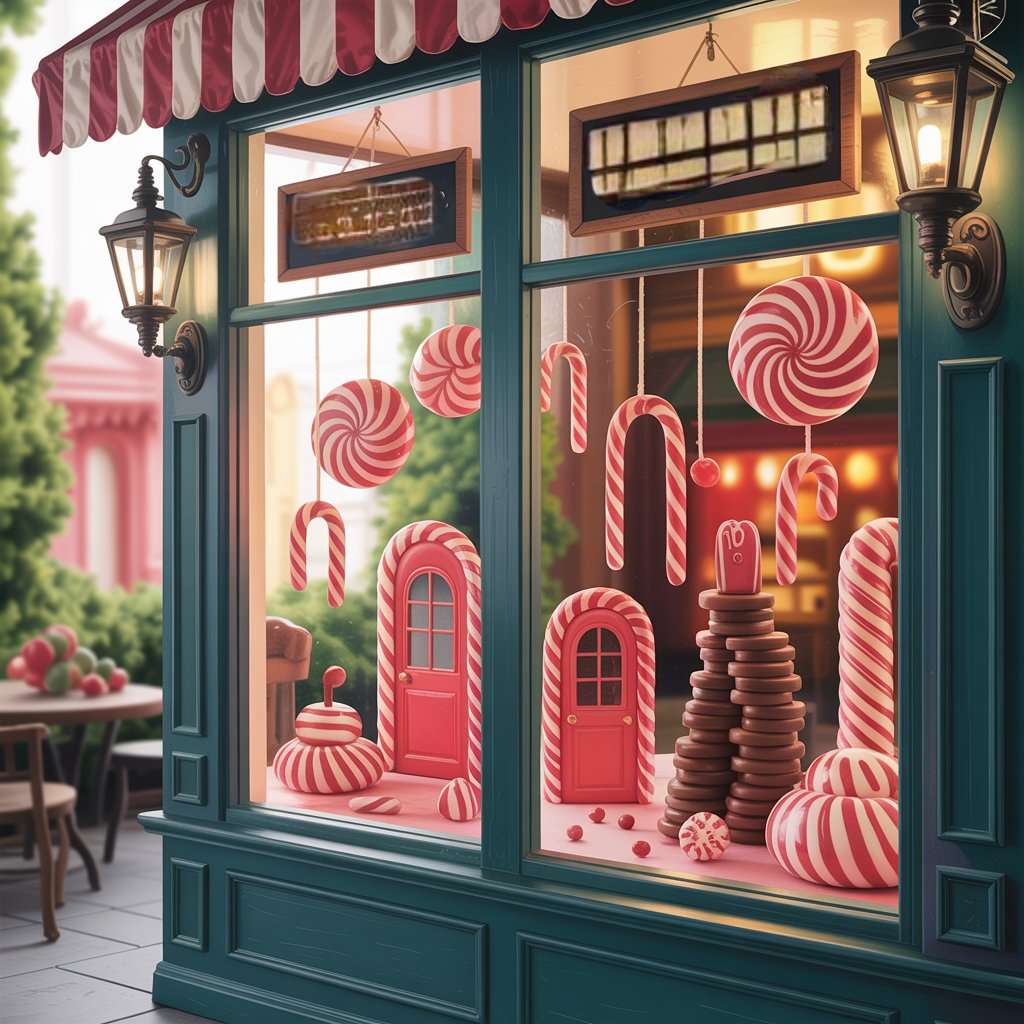
This leverages America’s $680M retro toy market by evoking childhood wonder. Like successful boutique window displays, it uses kinetic elements (hanging decorations) to create visual rhythm. Pair with antique-style lanterns for instant charm.
8. Black Forest Alpine Chalet
Go boldly sophisticated with dark chocolate walls textured with crushed biscotti. Frame windows with white icing “frost” and pipe intricate snowflake patterns across roofs. Accent with deep red cinnamon drops as berries and edible gold pinecones along steep gables.
Dark palettes are surging in high-end interiors—and this proves gingerbread isn’t just pastels. The dramatic contrast creates instant luxury, much like moody dining rooms in modern ski estates. Anchor with faux fur throws and black candlesticks.
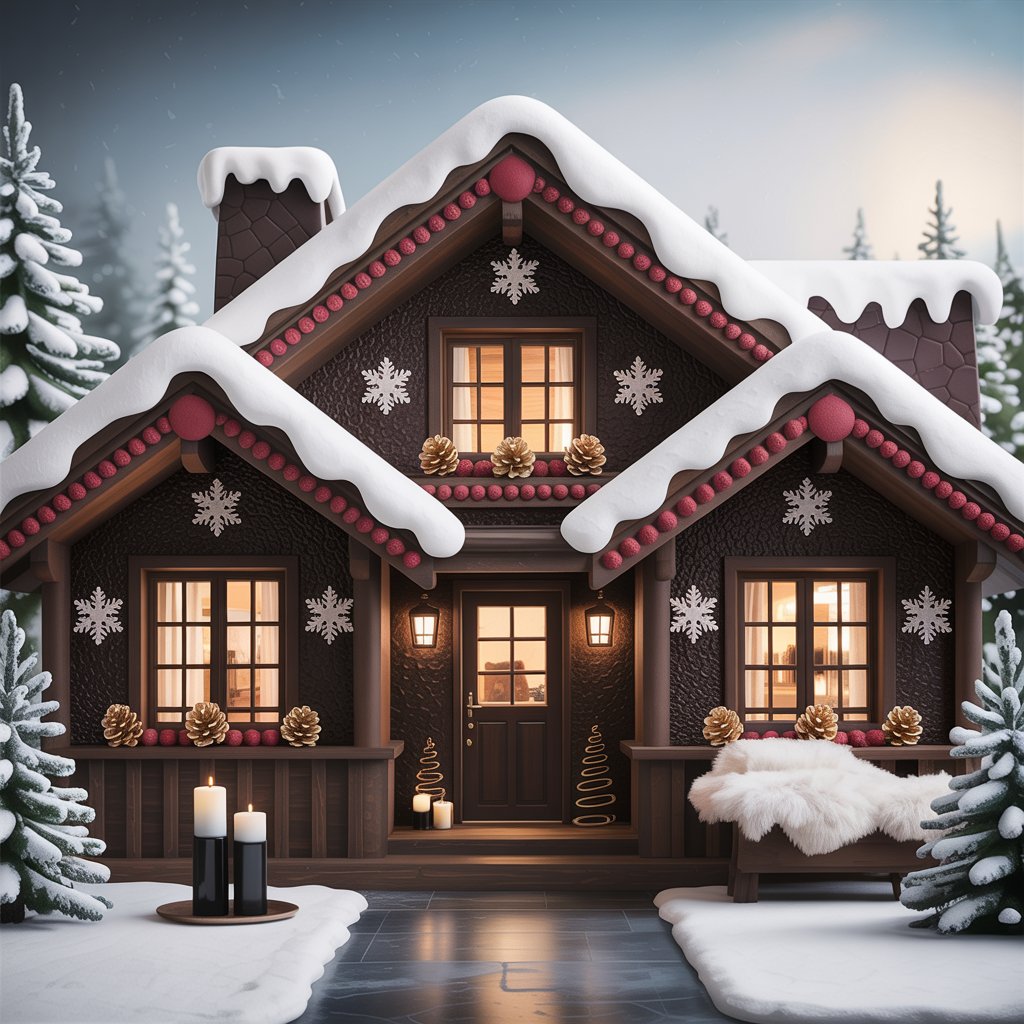
Pro Tip: Achieve matte chocolate walls by mixing cocoa powder into royal icing at 1:4 ratio (cocoa:icing). For realistic snowflakes, use lace cookie cutters as stencils inspiredlivingideas.com.
9. Italian Villa Romance
Capture Mediterranean warmth with terra cotta roofs and stucco-textured walls. Crumble amaretti cookies for wall grit, then pipe terra cotta-colored icing “tiles” in overlapping rows. Accent with citrus slice candies as rustic details and rosemary sprigs as olive trees.
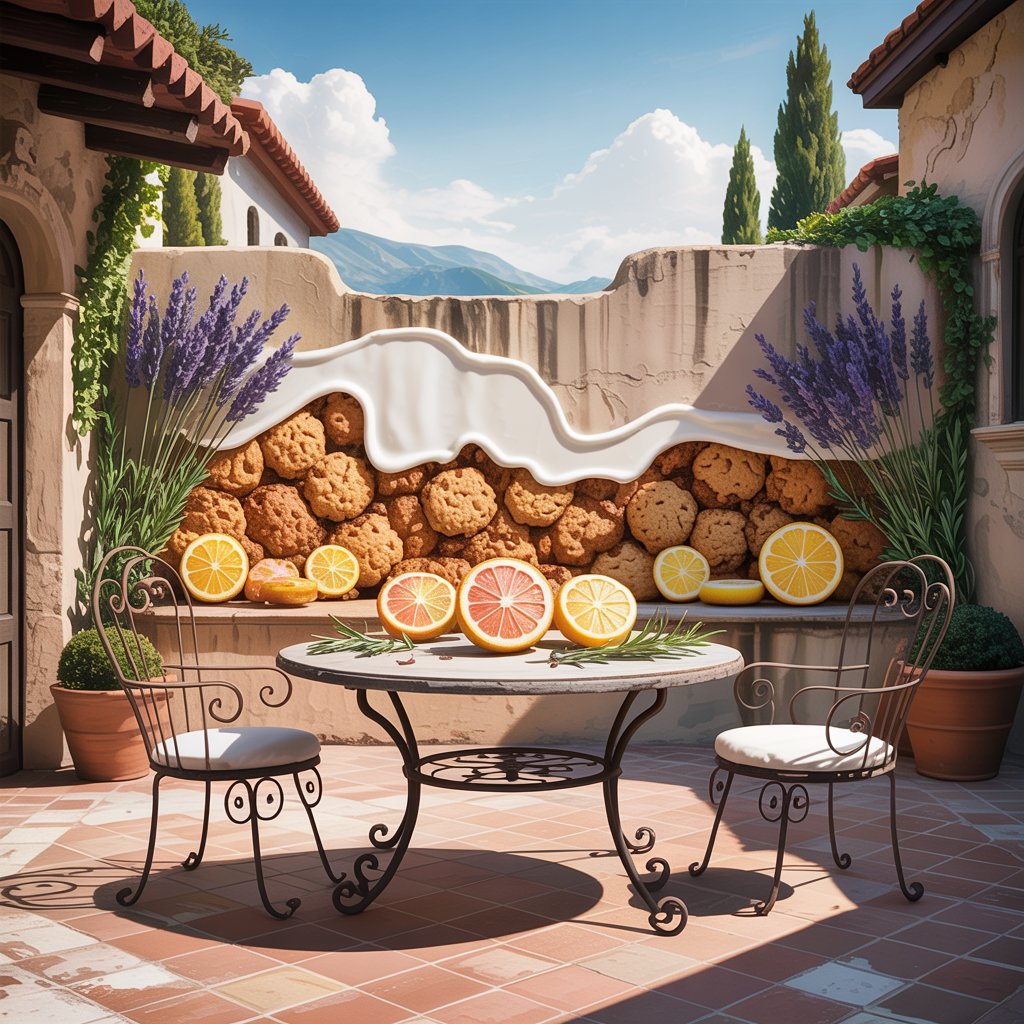
This mirrors the $1.3B Tuscan interior trend by emphasizing old-world warmth. Like authentic villas, it prioritizes textured surfaces over flat finishes. Pair with terracotta pots and dried lavender bundles for cohesive storytelling.
10. Whimsical Candy Land Castle
For families, embrace playful maximalism with rainbow-striped turrets. Alternate gumdrop layers by color, pipe rainbow bridges between towers, and fill “moats” with blue Jell-O. Top spires with giant candy canes and hang gumdrop chandeliers from ceilings.
This responds to Gen Z’s “cottagecore meets kawaii” aesthetic dominating TikTok. Successful designer homes now blend irony with sincerity—this captures that spirit. Position near playful furniture like velvet bean bags to reinforce the narrative.
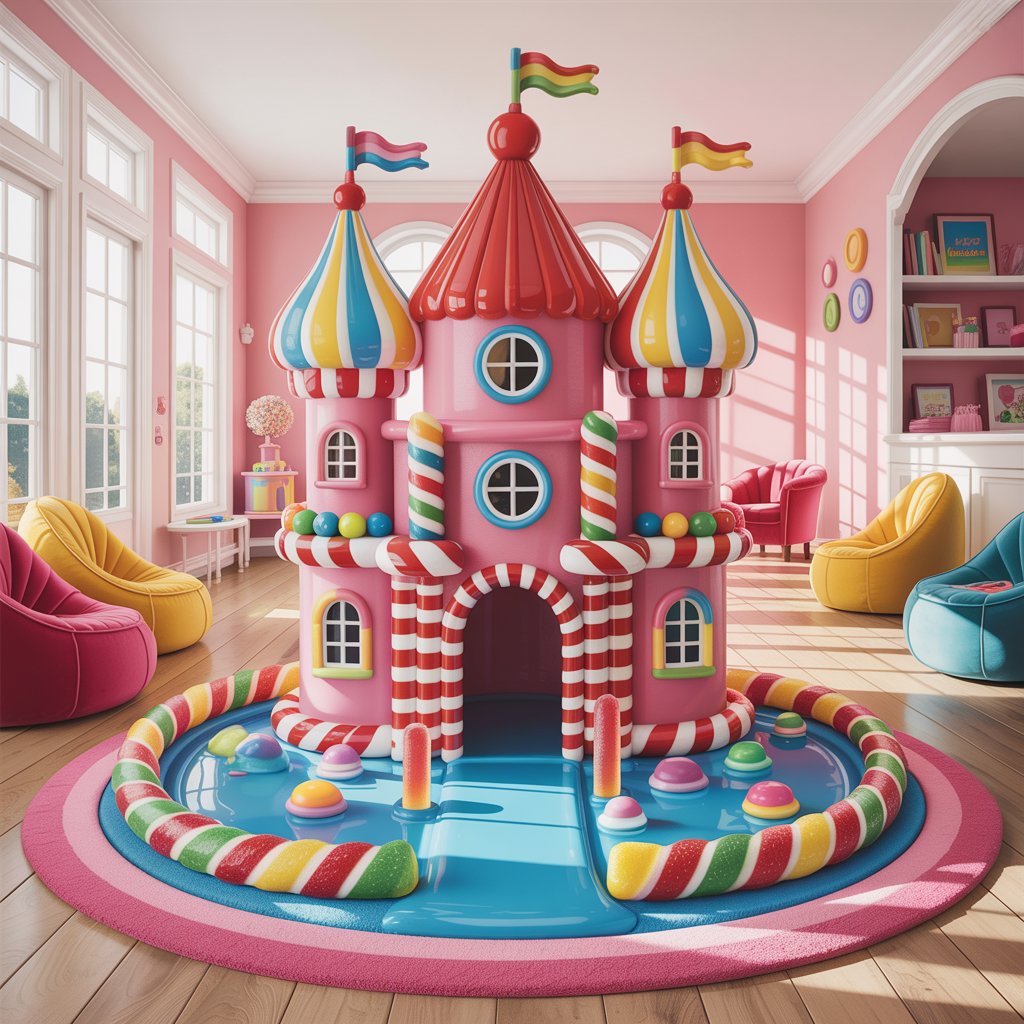
| Design Element | Candy Equivalent |
|---|---|
| Castle turrets | Stacked peppermints |
| Drawbridge | Banana Laffy Taffy |
| Moat | Blue gelatin |
| Battlements | Gummy worms |
11. Scandinavian Minimalist Retreat
Embrace hygge with clean white icing accents and natural textures. Use snowdrifts of powdered sugar rather than candy clutter. Frame doors with birch bark-like almond slices and add single red peppermint “accents” like vintage Swedish Dala horses.
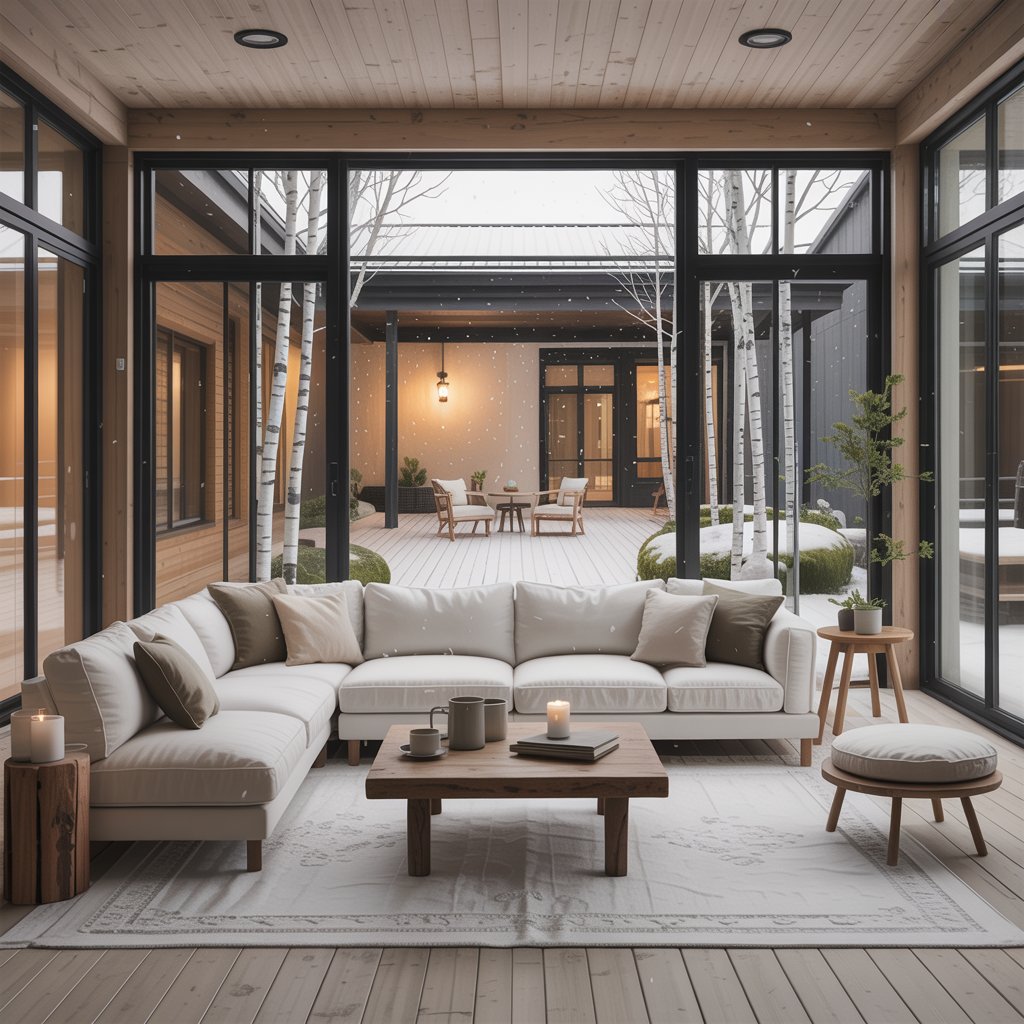
This aligns with America’s fastest-growing interior trend—Scandinavian simplicity. The philosophy? Less ornamentation equals greater impact. Pair with raw wood bases and linen napkins for authentic Nordic feels.
12. Southwest Pueblo Adobe
Elevate regional pride with stepped architectural details mimicking ancestral pueblos. Crumble graham crackers for adobe texture, then pipe horizontal “corbel” lines with brown icing. Accent with turquoise sugar “pottery” and chili pepper garlands.
This honors indigenous design traditions respectfully—key for culturally conscious interiors. Like high-end Santa Fe homes, it uses earth tones to create grounding warmth. Display on woven Navajo-style runners for authenticity.
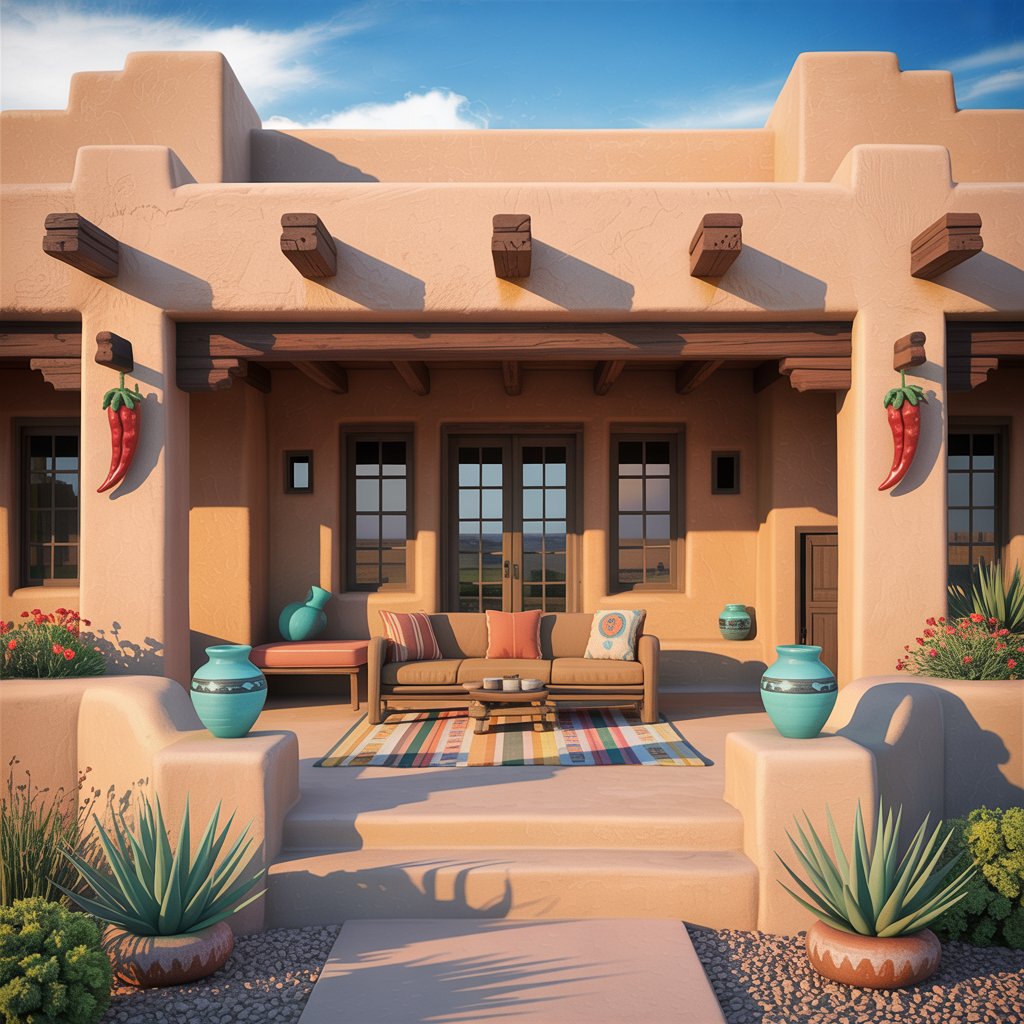
Pro Tip: Create authentic stepped silhouettes by cutting gingerbread at 15-degree angles. For vibrant turquoise accents, mix crushed blue rock candy with edible luster dust enthrallinggumption.com.
13. Parisian Café Scene
Ooh la la! Craft a miniature Montmartre with turreted roofs piped in delicate lace patterns. Frame windows with chocolate stick “balconies” and fill displays with tiny macaron candies. Pipe “café au lait” steam from espresso cup toppers.
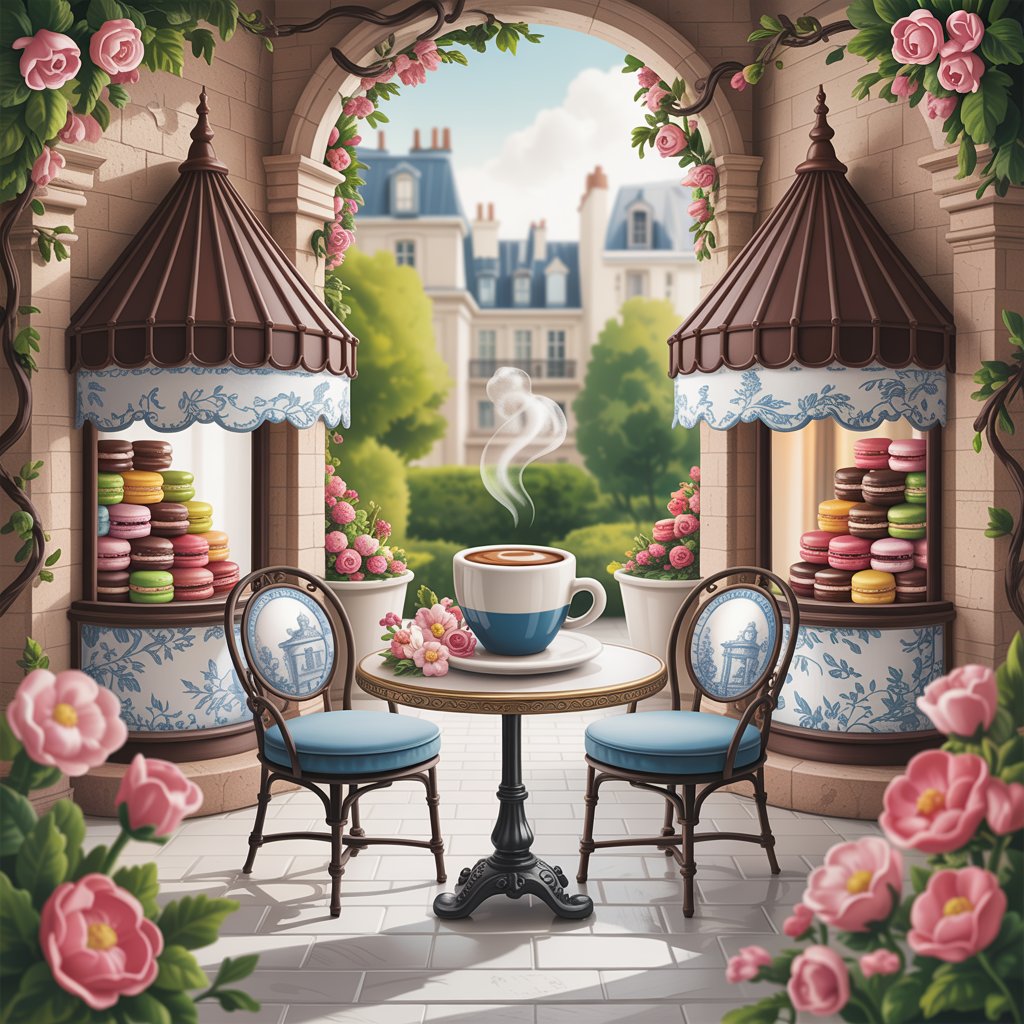
This caters to America’s enduring French obsession seen in 62% of luxury kitchen remodels. It proves indulgence needn’t be overwhelming—elegance lies in details. Anchor with blue-and-white toile accents elsewhere in your tablescape.
14. Rustic Mountain Lodge
Channel luxury ski chalets with layered log walls (cinnamon graham sticks) and faux fur “awning” roofs (toasted coconut). Pipe pine tree silhouettes with green icing and add edible gold “metal” hinges to doors. Scatter acorn candies near miniature fireplaces.
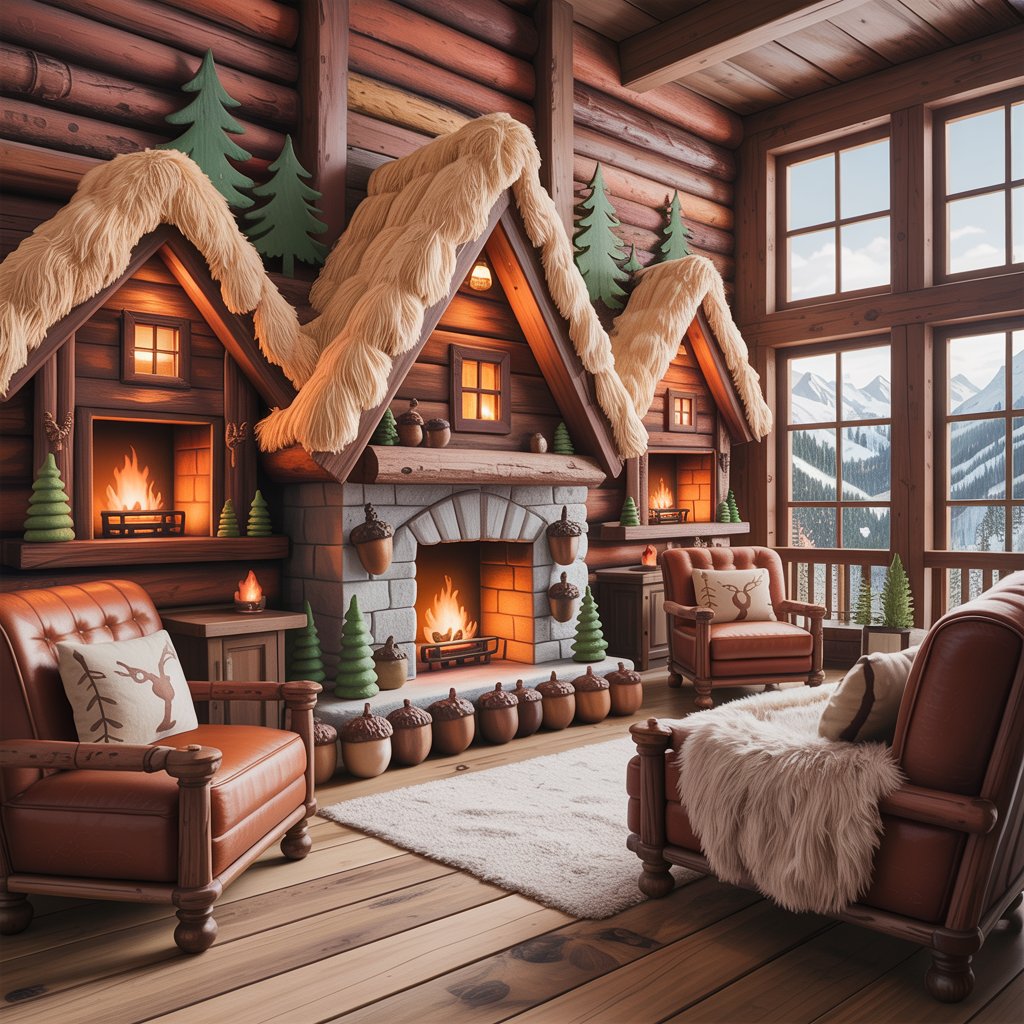
This taps into the $4.7B mountain lodge market by emphasizing organic textures. Like high-end Aspen retreats, it balances ruggedness with refined touches. Pair with antler accents and faux fur throws for complete immersion.
15. Future-Forward Geometric Abode
Predict 2025’s interior trends with angular designs using shattered candy canes and metallic foils. Pipe gold triangles across flat planes, inset mirror-finished chocolates as “windows,” and suspend gumdrop spheres from clear floss.
This embodies rising “biomorphic modern” aesthetics where organic shapes meet sharp geometry. Forward-thinking designers know: holiday decor should preview upcoming year’s trends. Display on Lucite bases with LED underlighting for tech-meets-tradition impact.
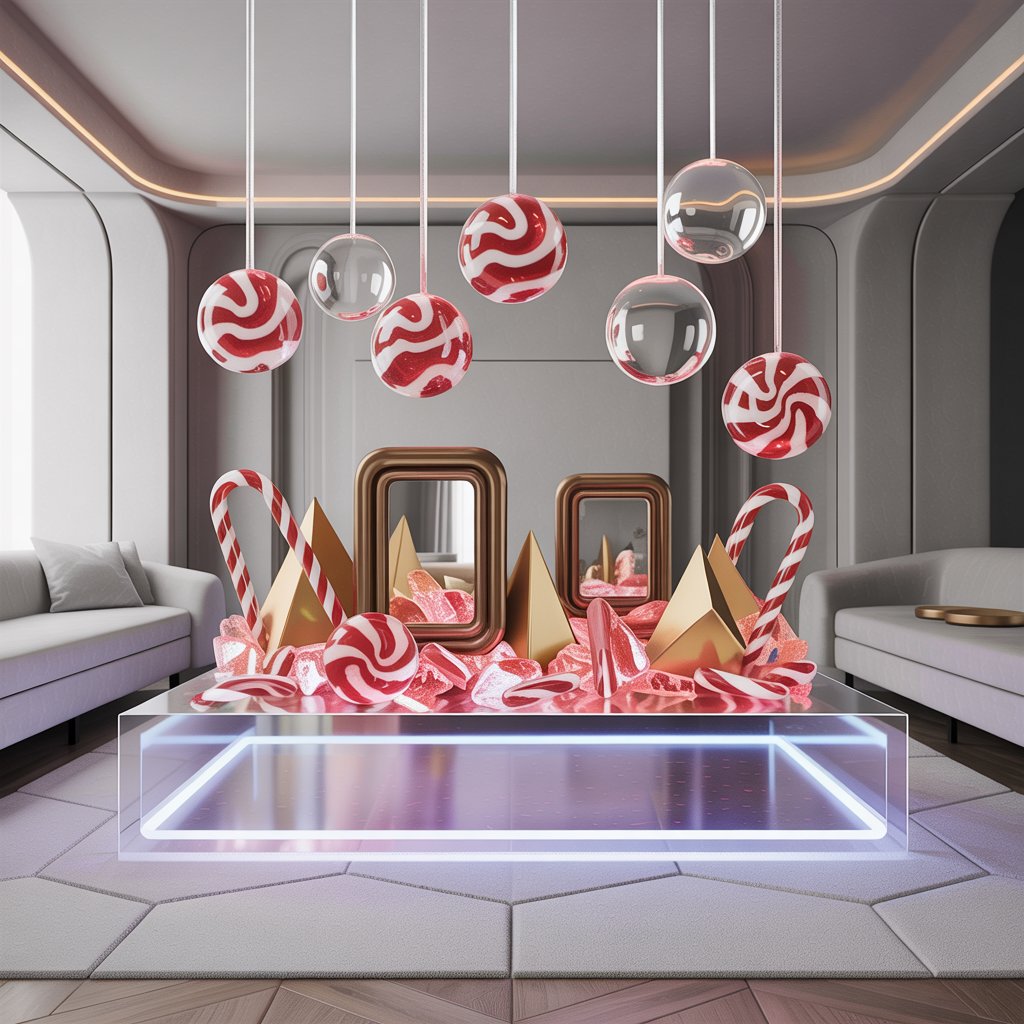
Pro Tip: For sharp geometric edges, chill assembled structure before piping. Melted chocolate works better than icing for attaching angular elements—it sets rock-hard coohom.com.
Beyond the Icing Bag: Permanent Design Lessons
These edible masterpieces aren’t fleeting novelties—they’re training grounds for professional decorating skills. As Maren Ashford notes: “Just as pros preview interior spaces, you should ‘plan before you frost.’ This saves time, reduces mess, and helps focus on making memories.” coohom.com. The textures, color blocking, and spatial sequencing you practice here directly translate to wall treatments, furniture arrangements, and seasonal vignettes.
This holiday season, shift from making gingerbread houses to designing them. Curate palettes that echo your existing décor, choose themes resonating with your family’s story, and embrace the philosophy that great design serves both beauty and meaning. When your edible architecture becomes the heart of your holiday storytelling, you’re not just baking—you’re crafting legacy moments. And isn’t that the ultimate interior designer’s goal?
Final Thought: “In interior design, the smallest details create the strongest emotional connections. Your gingerbread house isn’t about perfection—it’s about the laughter around the table, the sugar-dusted memories, and the joy of creating beauty together.” — Adapted from The Psychology of Home by Dr. Ellen K. Levy
